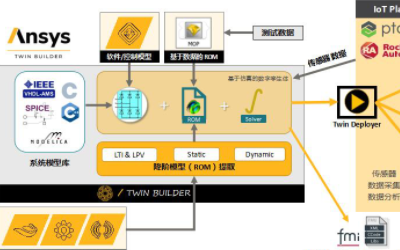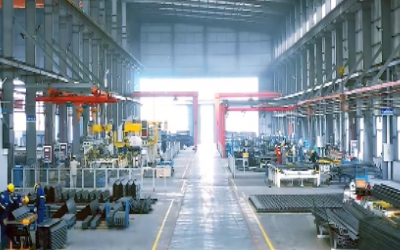China's BYD To Show U.S. Investors Green Car
The Chinese battery manufacturer and automaker BYD is to display its electric cars at the annual shareholders' meeting of U.S. conglomerate Berkshire Hathaway in May to tapping into the North American market.
In a prelude to tapping into the North American market, the Chinese battery manufacturer and automaker BYD is to display its electric cars at the annual shareholders' meeting of U.S. conglomerate Berkshire Hathaway in May.
BYD was invited to attend by the U.S. billionaire investor Warrent Buffett, who made an investment in the Chinese company in September 2008 by buying a 10% share of Hong Kong listed BYD for HKD1.8 billion.
Xu An, BYD's public relations manager, told local media that BYD's president Wang Chuanfu would attend the meeting, demonstrating the company's F3DM or E6 model to shareholders. The actual details remain to be finalized.
F3DM, China's first mass-produced plug-in hybrid, went on sale in December 2008, at least a year ahead of General Motors' anticipated release date for its hybrid Volt. GM and Toyota are the only companies besides BYD to have announced plans to launch plug-in hybrid vehicles by 2010.
Buffett is reported to have assigned an assistant to the BYD board to help the company break into the overseas markets.
According to Wang, the market potential for the F3DM might be much bigger in the United States because of that country's better sense of social responsibility and environmental protection. And electrical charging might be less of a problem in the USA because many car owners have their own garages.
BYD is currently targeting the F3DM and is currently marketed at government and corporate buyers in China with a price tag of around CNY150,000.
According to Xu, BYD targets corporate and government buyers because of government subsidies for environmentally friendly vehicles for public transport applications such as taxis, and postal and urban sanitary service vehicles.
The subsidies can vary from CNY50,000 for small hybrid passenger cars up to CNY600,000 for large fuel-cell powered commercial buses.
Wang says that BYD is in talks with the Shenzhen government on subsidizing taxi drivers using F3DMs. He added that the feedback from taxi drivers will be used to improve the cars before they are marketed to the general public.
BYD is currently building specialized parking lots with electricity-charging ports to make recharging hybrid cars more convenient. These stations will charge the F3DMs' electric batteries to 50% of their capacity in 10 minutes. They can also be recharged in seven hours from a household outlet.
The F3DM can run for 100 kilometers on battery power alone and and can use a petrol engine when its electric battery runs low.
According to BYD, the F3DM consumes only 16 kWh for every 100 kilometers driven using the electric battery alone. Driving the F3DM 100 kilometers using the electric battery would cost just CNY9.6, much less than the CNY40 it would cost to go the same distance with a similar-sized conventional car.
However the retail price of the F3DM is almost twice that of the company's conventional F3 vehicle.








